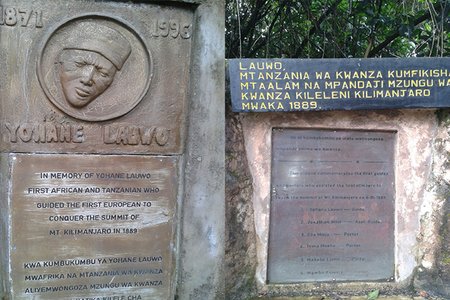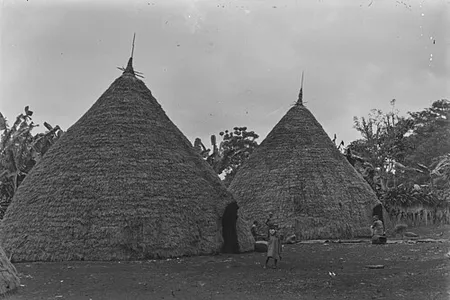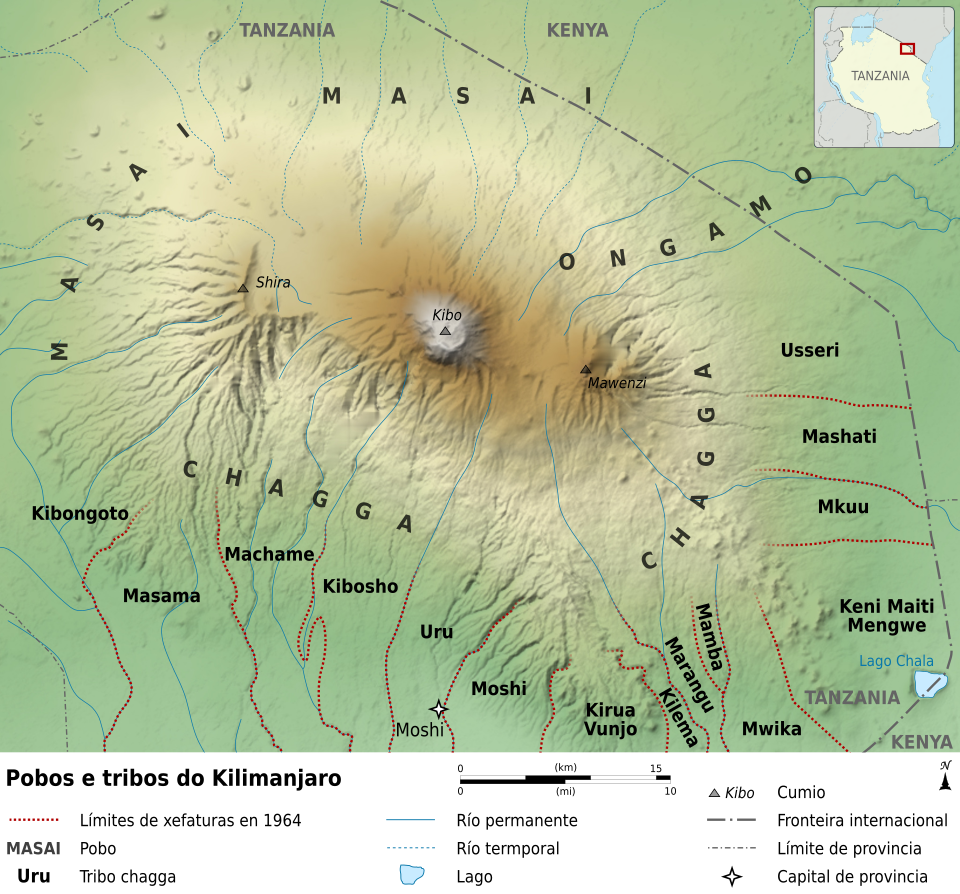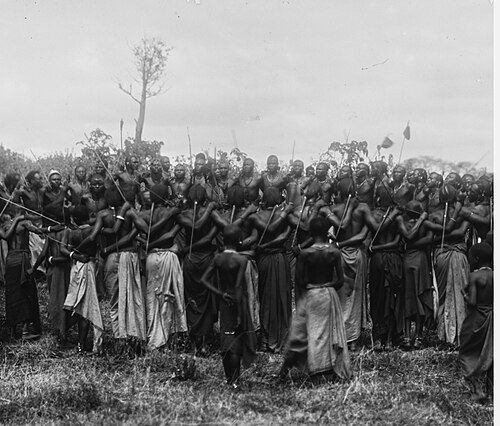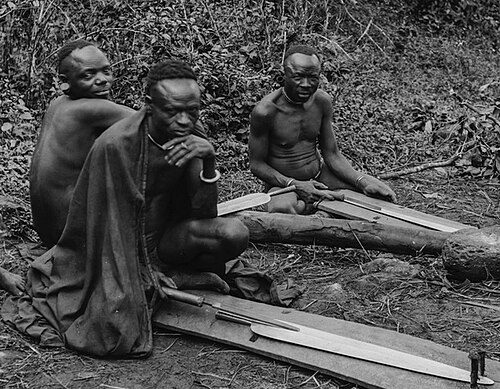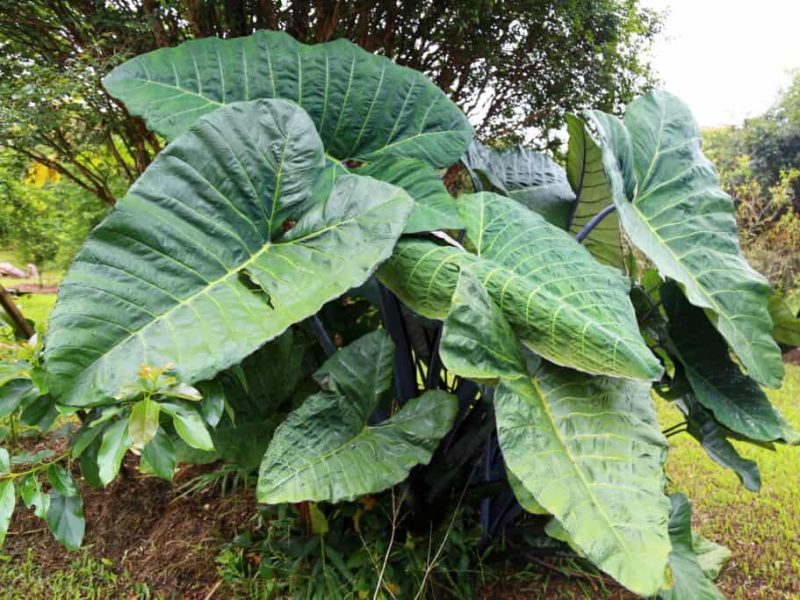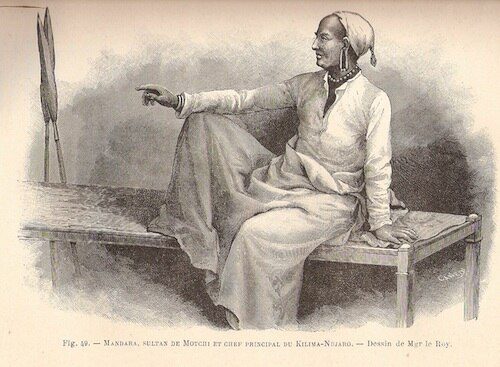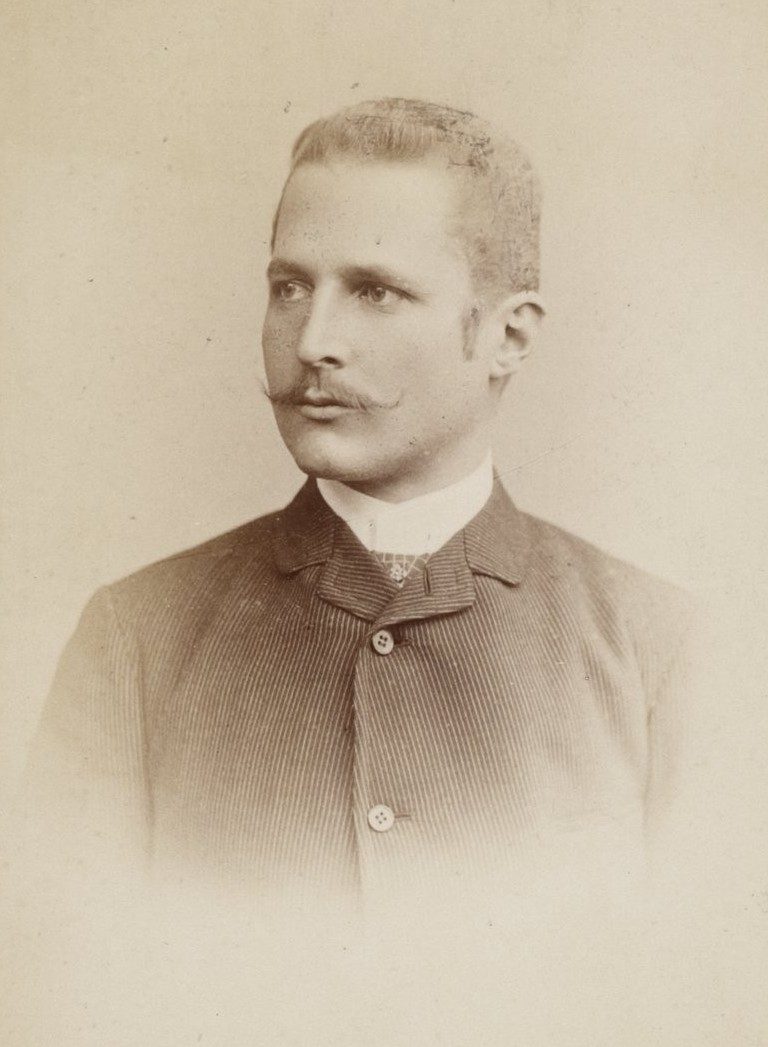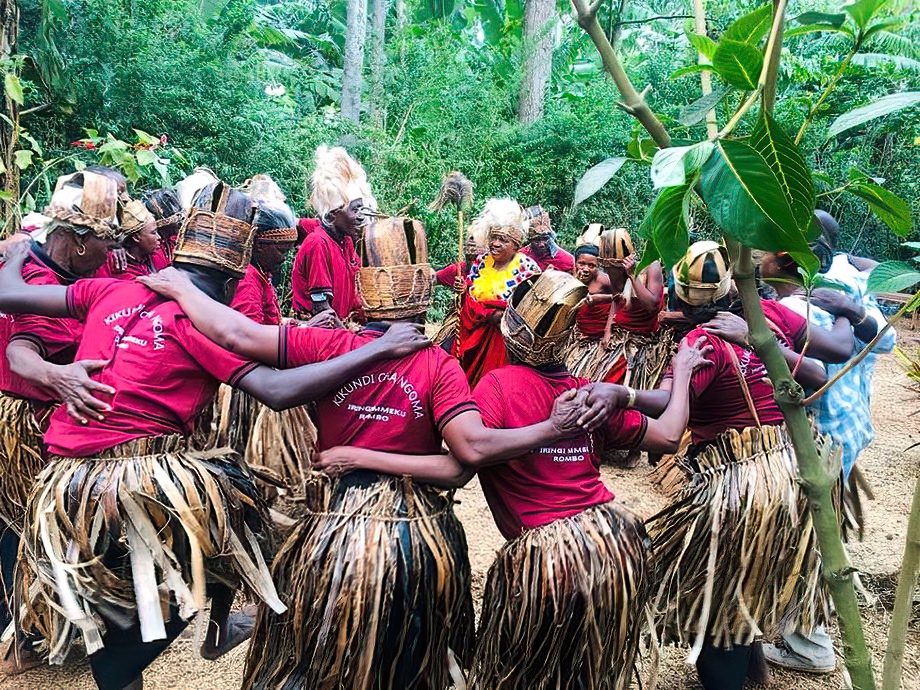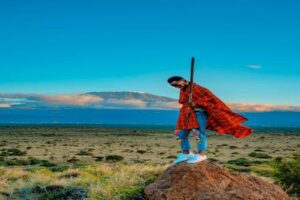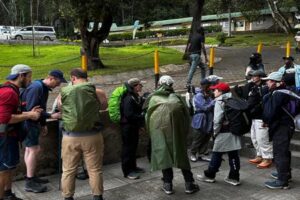Table of Contents
Who Was Lauwo? Tanzania’s First Kilimanjaro Guide | Kili Quests
When talking about the first successful ascent of Mount Kilimanjaro, most people mention the German explorer Hans Meyer. But behind that achievement was a local Chagga man named Lauwo — a name that deserves far more recognition.
In this article, Kili Quests shares the story of Yohani Kinyala Lauwo, the first Tanzanian guide to summit Kilimanjaro. His contribution is a powerful reminder that the mountain’s history is not just written by explorers — but also by the people of the mountain.
Mount Kilimanjaro’s exploration began long before tourism — read how Hans Meyer and his Chagga guide Lauwo made the first successful climb
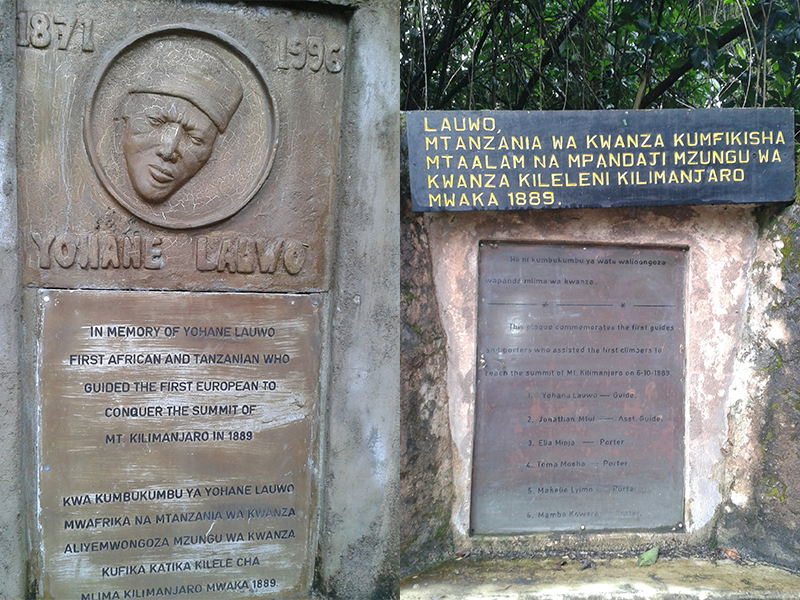
Who Was Lauwo?
Yohani Kinyala Lauwo was a Chagga tribesman from Marangu, a village on the southeastern slopes of Mount Kilimanjaro.At just 18 years old, Lauwo was recruited to join Hans Meyer’s 1889 expedition — and successfully helped guide the team to the summit of Kibo, the highest of Kilimanjaro’s volcanic cones.He was not just a porter or helper. Lauwo’s local knowledge, strength, and courage were essential to the team’s success in navigating unknown terrain, severe weather, and dangerous altitude.
Your Kilimanjaro climb wouldn’t be possible without the help of porters — see what they really do behind the scenes
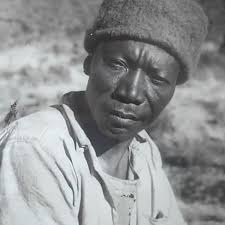

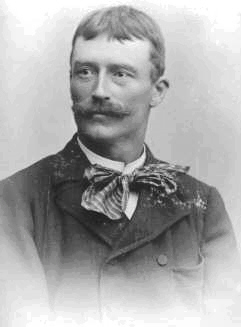
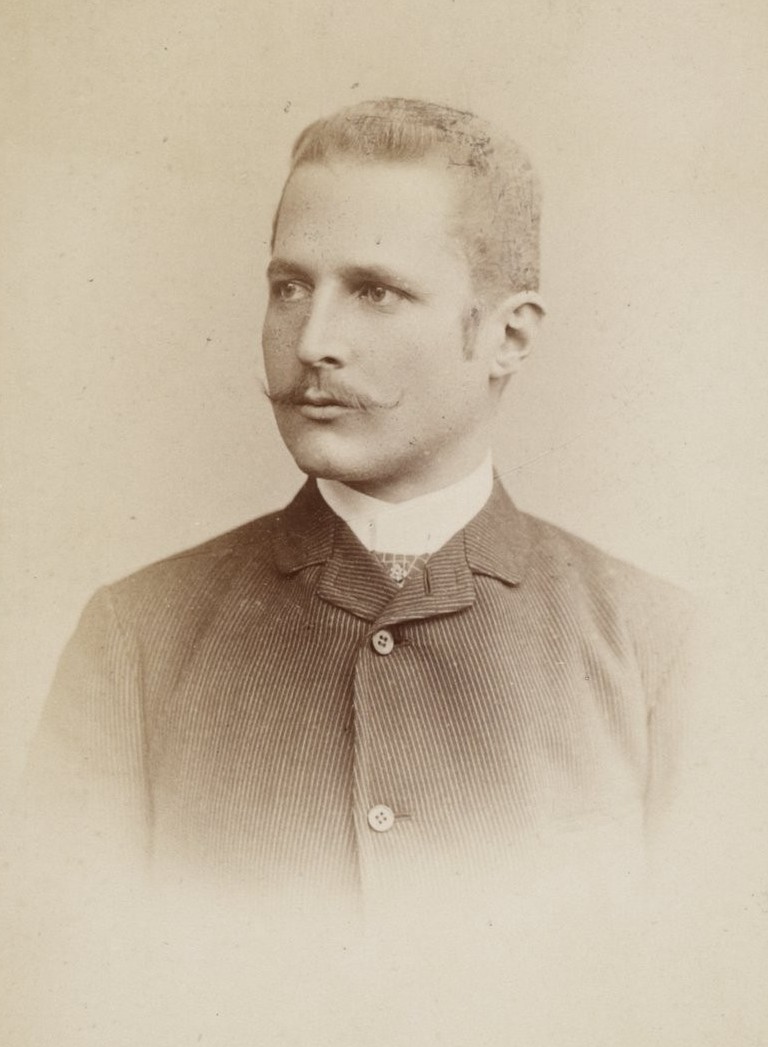
What Role Did Lauwo Play?
Lauwo:
- Helped scout and clear a viable route toward the summit Kilimanjaro.
- Supported both Meyer and Austrian alpinist Ludwig Purtscheller during the climb.
- Became the first known African to stand on Kilimanjaro’s summit.
His involvement was never just physical — his deep understanding of the mountain’s behavior, weather, and routes made him an invaluable guide.
Ever wondered why it’s called Gilmans Point? Here’s the real story.
Why Is Lauwo’s Story Often Overlooked?
For many decades, Lauwo’s role in the historic 1889 ascent was understated or ignored in international records. Hans Meyer and Purtscheller were widely credited as the “first to reach the summit,” while Lauwo remained unnamed.
However, Tanzanian historians and local mountaineering communities have worked hard to reclaim his story — and today, Lauwo is increasingly recognized as the first Tanzanian and the first African to summit Mount Kilimanjaro(Uhuru peak).
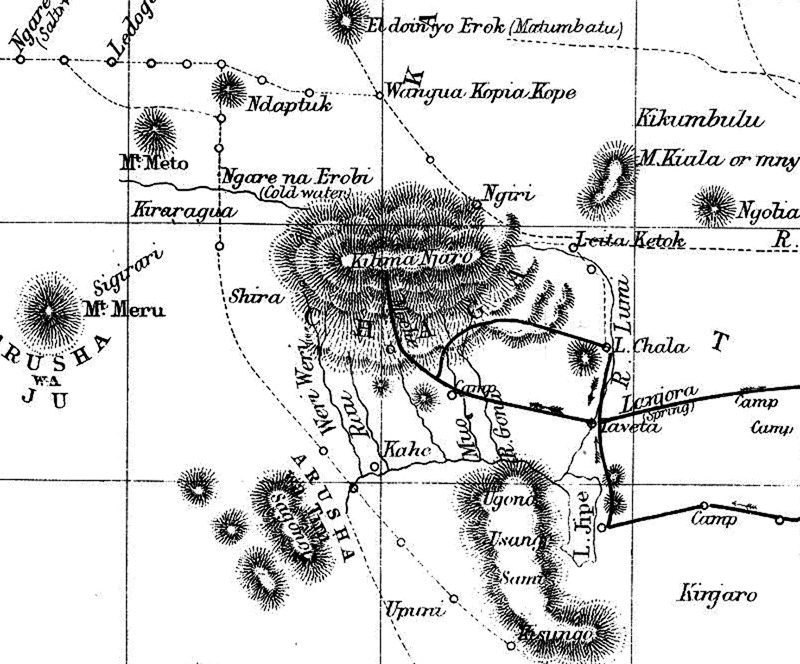
Lauwo’s Legacy
He continued to guide climbs into his later years — even into his 70s
- According to local records, he lived to be over 120 years old, passing away in the early 1990s
- His descendants still live in Marangu, and the Lauwo family is a respected name in Tanzanian guiding history
- Many guides today see him as the original role model for Tanzanian mountain professionals
Explore Chagga traditions that are deeply tied to the mountain.At Kili Quests, we believe that honoring pioneers like Lauwo is essential to preserving the true story of Kilimanjaro.
Final Thoughts
Lauwo was not just a footnote in Hans Meyer’s expedition — he was a hero in his own right. As the first Tanzanian to summit Kilimanjaro, he represents the strength, wisdom, and endurance of local mountain people who have supported climbers for over a century.
When you climb Kilimanjaro today, you’re walking in the footsteps of Lauwo — the guide who led the way long before modern gear or recognition.
Climb Kilimanjaro with Local Experts

At Kili Quests, our guides continue the legacy of Lauwo — born on the mountain, trained by experience, and driven by passion. Whether you climb the Marangu, Machame, or Lemosho Route, we’ll guide you with the same commitment that Lauwo showed more than a century ago.
Related Articles
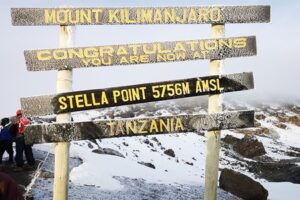
Stella Point: Why It’s Named That & Kilimanjaro History
April 15, 2025
No Comments
Table of Contents Why Is It Called Stella Point? The Story Behind the Name | Kili Quests On your final push to the summit of
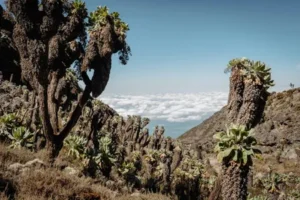
Wildlife and Flora of Mount Kilimanjaro: Full Nature Guide
April 15, 2025
No Comments
Table of Contents Flora and Fauna on Mount Kilimanjaro: What You’ll See on the Mountain Mount Kilimanjaro isn’t just Africa’s highest peak — it’s
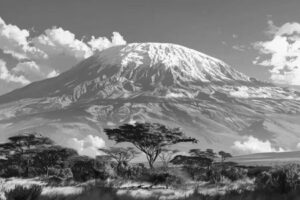
Is Mount Kilimanjaro One of the 7 Wonders of the World?
April 15, 2025
No Comments
Table of Contents Is Kilimanjaro a World Wonder? + UNESCO Facts | Kili Quests Kilimanjaro’s Legendary Status Mount Kilimanjaro is not only the tallest


